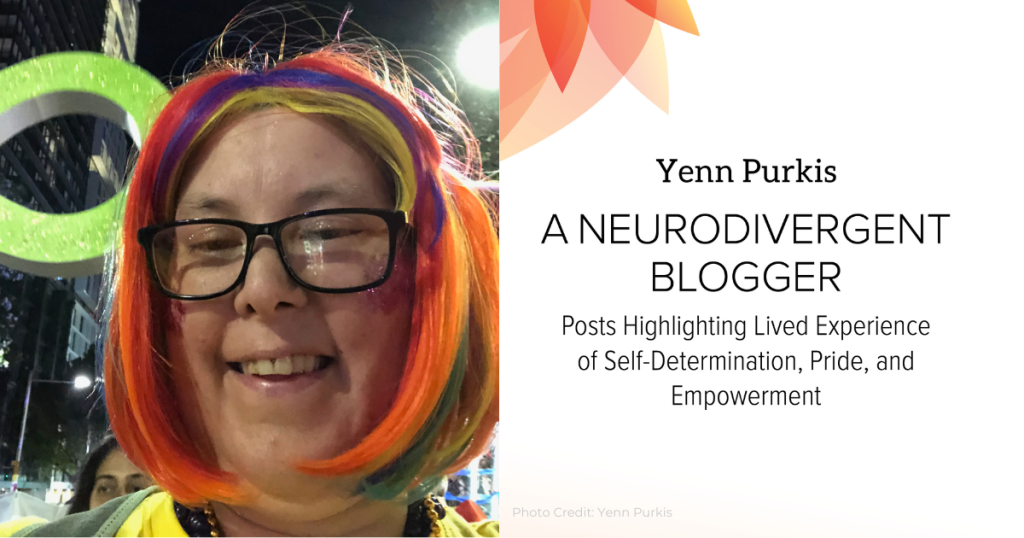By Seutaʻafili Dr Patrick Thomsen, Collection Editor
One of my earliest memories is of my mother and the ladies of my household taking me to participate in social netball on the courts outside St Joseph’s Church in Ōtahuhu. For those of you unfamiliar with Auckland, Ōtahuhu is a suburb around a 15-minute drive from the central business district, south, toward the city’s least wealthy neighbourhoods. Casually and ominously known as “South Auckland,” this part of the city has and continues to be derided as the hot spot for immigrants from the Pacific Islands. Samoans, to which my familial and ancestral links are tied, feature very prominently here.
For many New Zealanders, South Auckland has garnered a racialised and deliberately pejorative reputation for roughness, brownness, and untowardness, often held in contrast to the squeaky clean “purity” that fronts New Zealand’s tourism brochures.
Netball is a predominantly women’s sport, so the sessions we participated in were uniquely queer. Each afternoon, when the weather was right, mostly faʻafafine (which roughly translates to “in the manner of a woman,” a term legible and embedded in a Samoan cultural context used to describe those who occupy a gender liminal space) from across South Auckland, many immigrants themselves, would flood the grounds outside this very Catholic church. Shattering the silence of suburbia with piercing cackles of a Samoan kind, throwing missile-like balls, channelling Pacific flair (and our ancestors’ muscle), while using deft wits to outsmart and outplay each other.
The netball courts outside St Joseph’s Ōtahuhu in my lived place and context functioned as more than just a place of recreation. In this space, multiple queer lived experiences tied to class deprivation – fraught migration stories propelled by this country’s colonial past – often met the residuals of night-time tricks performed to stay financially afloat. These stories were often connected to daytime community-building activities in Samoan churches that dotted the Auckland landscape – and financial and household contributions/responsibilities piled on top – all the while our existence remained hidden by cis-normative binaries afflicting the foundational whiteness of the New Zealand settler-colonial state.
Our invisibility as faʻafafine represents our multiply marginalised position as both “queer” or “gender/sexuality divergent” and Pacific in New Zealand. Beyond this intersectional scope, it also represents a queer epistemological mismatch in how my people understand or understood our liminality versus the binary imposed on us during colonization. Informed by a Pacific cultural logic and a sense of queerness that unsettles hierarchies of social order, faʻafafine in my Samoan cultural context can be understood as more than just being “divergent”. I describe us as gender-agile, able to negotiate the vā (sacred relational space) that separates and holds the social and cultural significance of men and women in place. Blessed with the foresight and cultural mobility to move between gendered spaces that are tapu (sacred), by existing in this settler-colonial context through a Samoan way of knowing and being, our presence here is generatively disruptive.
It is this backdrop, that I, as a collection editor, speak from when I commit my work and ultimately this collection to the task of moving beyond the binarism that can be endemic to social science research on gender, queerness, and sexuality. In asking how we might come to terms with the multiple cultural contexts, knowledge systems, and epistemologies of sexuality and gender that exist outside of the hegemonic West, we also seek responses with transformative possibilities that locate queerness and gender within the cultural logics that tie your lived places and experiences together.
As the world continues to grapple with resistant existential crises both natural and human-derived, long gone are the days where it was enough for researchers to seek and locate universal truths through social research alone. One of our most important tasks as queer researchers, scholars, knowledge holders, creators, and generators is to help all make sense of the world, places, spaces, and communities that we both stand out from and fit within.
The Lived Places Publishing Queer and LGBT+ Collection invites contributions that situate queerness and LGBT+ identities within a cultural logic that represents the aspirations and histories of your communities. Some potential topics contributors may wish to consider, broadly conceived, could relate to non-Western ways of experiencing/being in queer spaces and identities; the violence of binarism in your lived place and context; the way transgender athletes in sport are being discursively constructed; unpacking hierarchies of queerness in film, television, media, and online; transnationalism and queer pedagogies and epistemologies – the possibilities are open, and we welcome it all.
|
To submit a proposal, click here: Call for Authors To see the vision for the Queer and LGBT+ Studies Collection, or get in touch with Seutaʻafili Dr Patrick Thomsen, click here: Queer and LGBT+ Studies To stay connected with Lived Places Publishing, you can subscribe to our email list, to our channel on Medium, or to our Substack list. |
 |
IMAGE CREDIT: Craig Elliot, used under the FreeImages.com Content Licence



